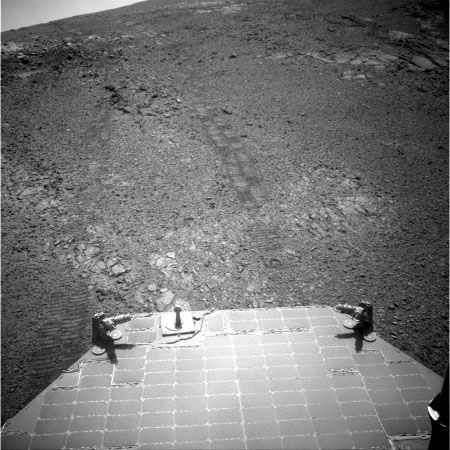Booking service now available to rocket and satellite companies
Capitalism in space: A new company, Precious Payload, is now offering a booking service to both rocket companies and satellite manufacturers to make it easier to match them together.
In the Precious Payload concept, launch providers and brokers share and exchange their immediate and future availability of inventory with the independent Precious Payload GDS, including the status of reservations of inventory (eg. available, reserved, booked, etc.).
Anyone who wants to launch a satellite uploads their mission profile into the Precious Payload GDS. A special algorithm then analyses the data and shows the real-time availability of launchers for specific types of mission.
Launch providers, both manufacturers and brokers, can benefit from the Precious Payload GDS by being able to open another sales channel for their core businesses. They not only receive and process the booking requests from satellite companies, but also browse through the backlog of satellites waiting for launch and bid for their business. Advanced services like rebooking the launches and effectively managing client cancellations and launch failures raise the bar for customer experience in the market.
To pitch their product, they are presently offering their initial service for free.
Capitalism in space: A new company, Precious Payload, is now offering a booking service to both rocket companies and satellite manufacturers to make it easier to match them together.
In the Precious Payload concept, launch providers and brokers share and exchange their immediate and future availability of inventory with the independent Precious Payload GDS, including the status of reservations of inventory (eg. available, reserved, booked, etc.).
Anyone who wants to launch a satellite uploads their mission profile into the Precious Payload GDS. A special algorithm then analyses the data and shows the real-time availability of launchers for specific types of mission.
Launch providers, both manufacturers and brokers, can benefit from the Precious Payload GDS by being able to open another sales channel for their core businesses. They not only receive and process the booking requests from satellite companies, but also browse through the backlog of satellites waiting for launch and bid for their business. Advanced services like rebooking the launches and effectively managing client cancellations and launch failures raise the bar for customer experience in the market.
To pitch their product, they are presently offering their initial service for free.



